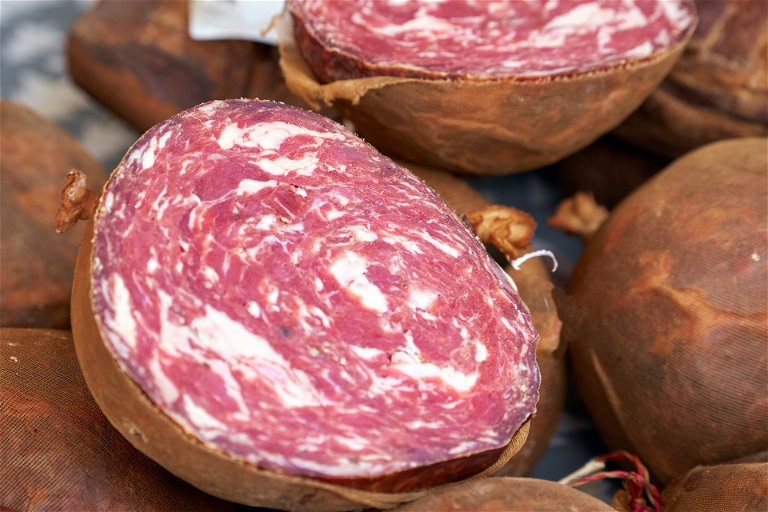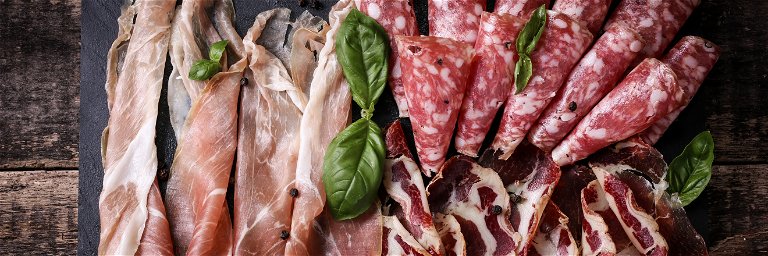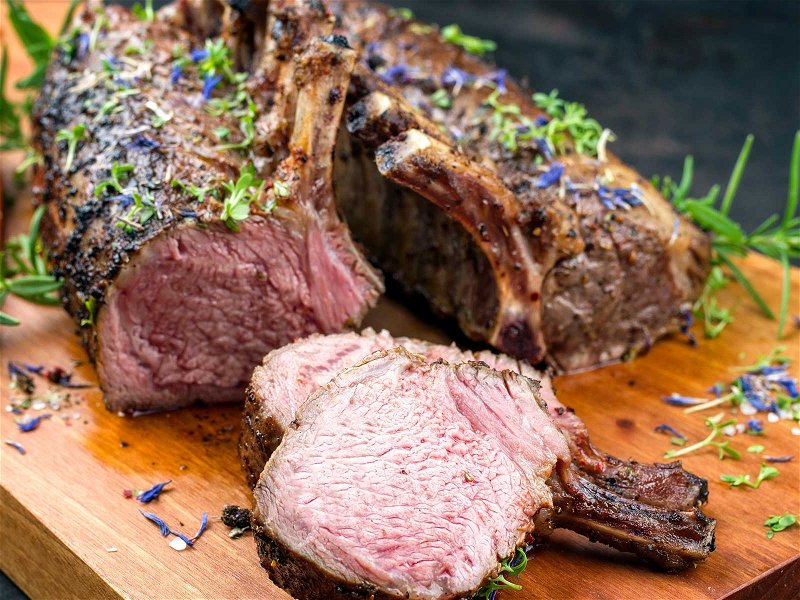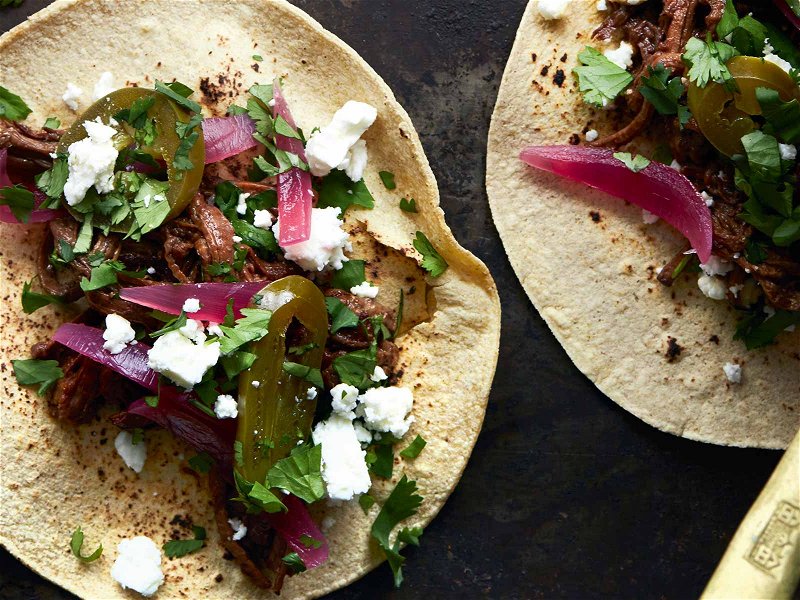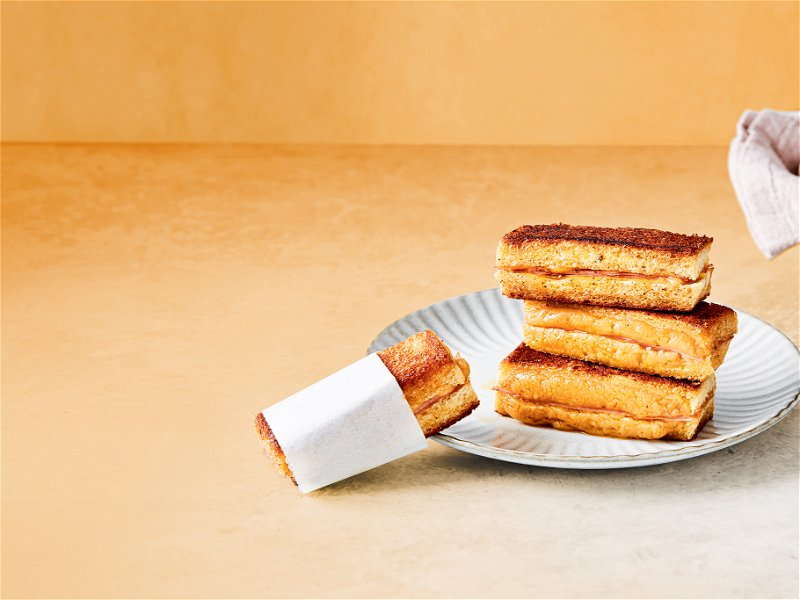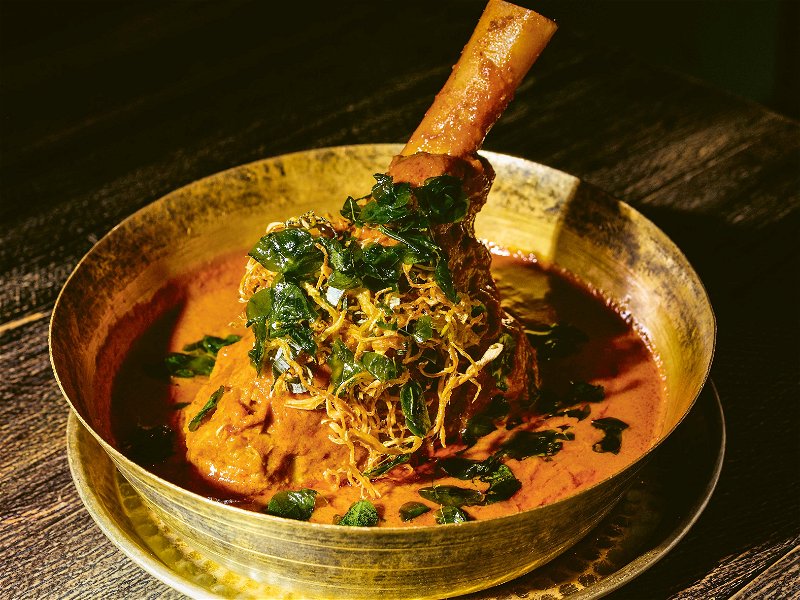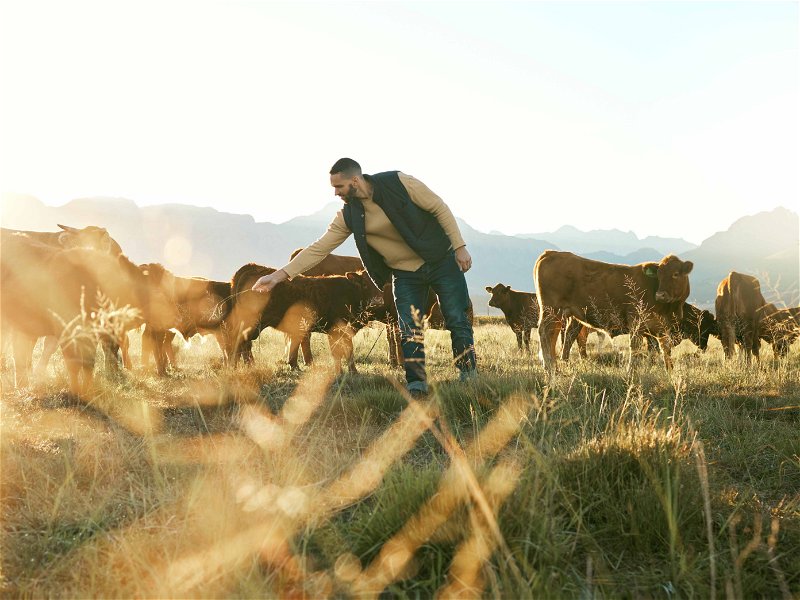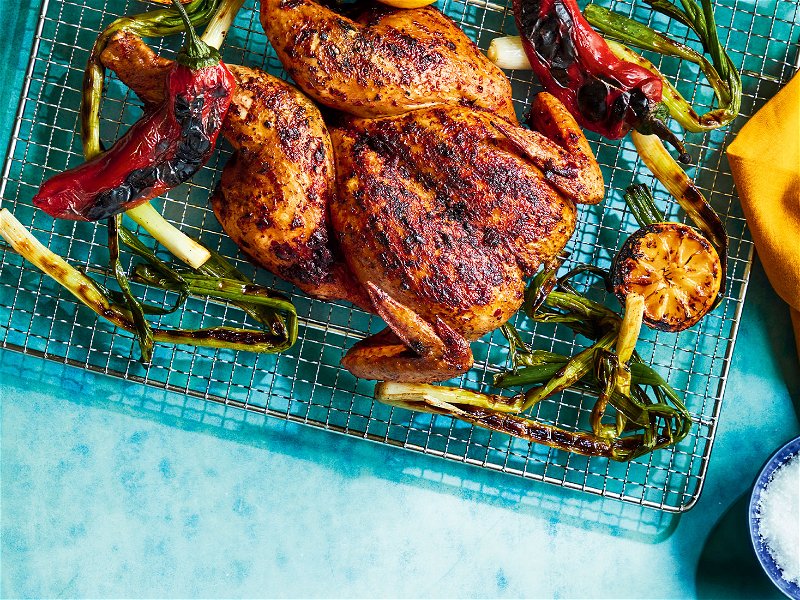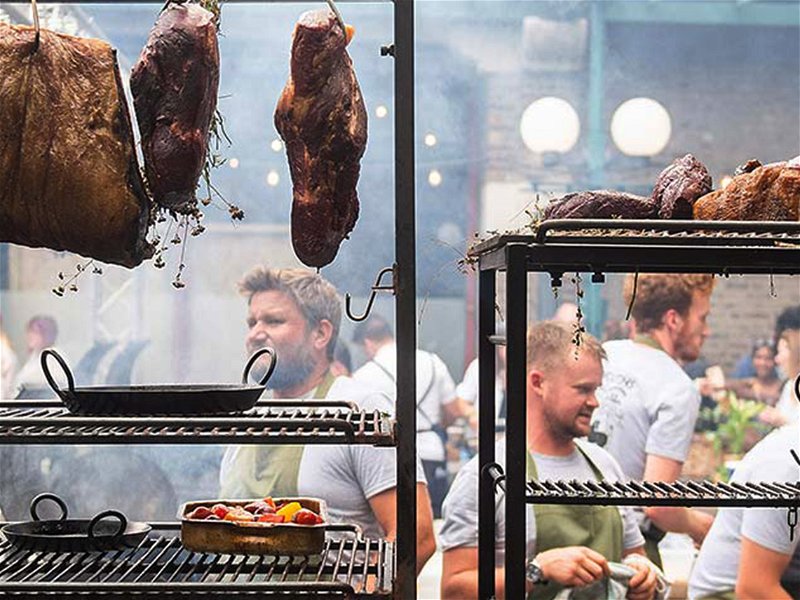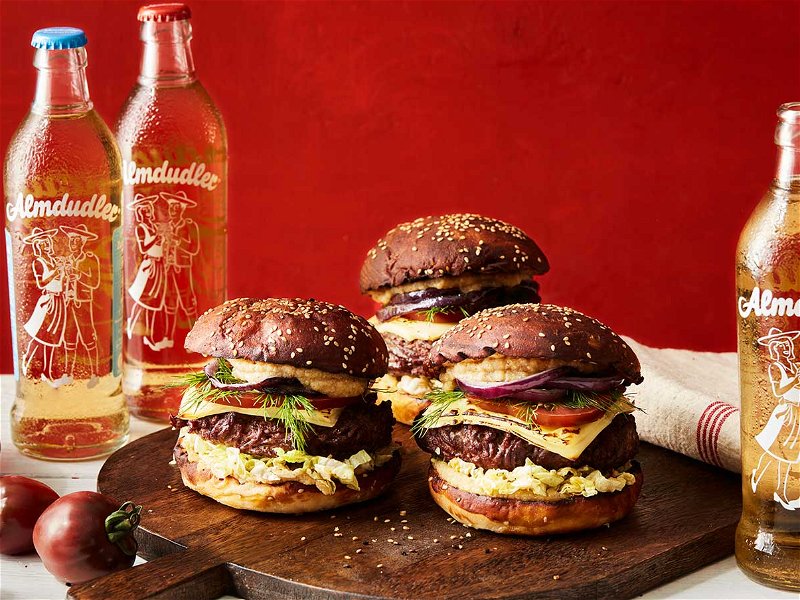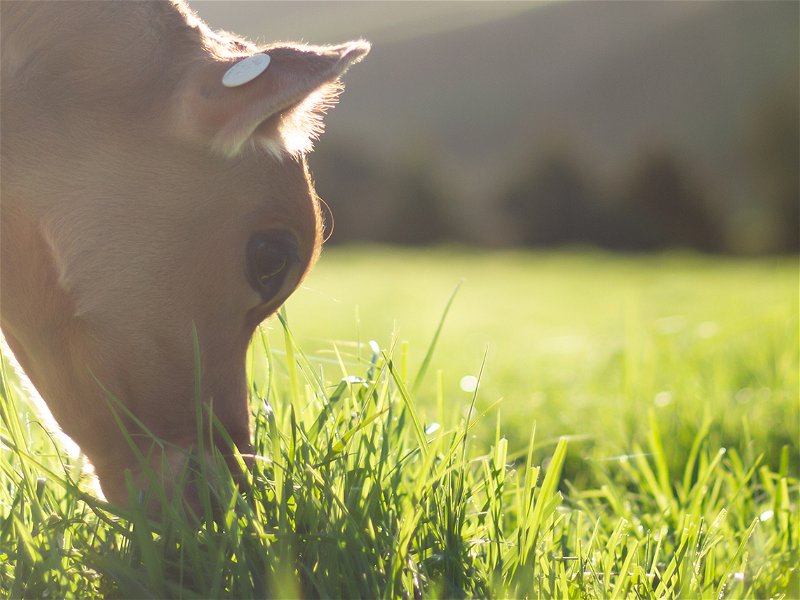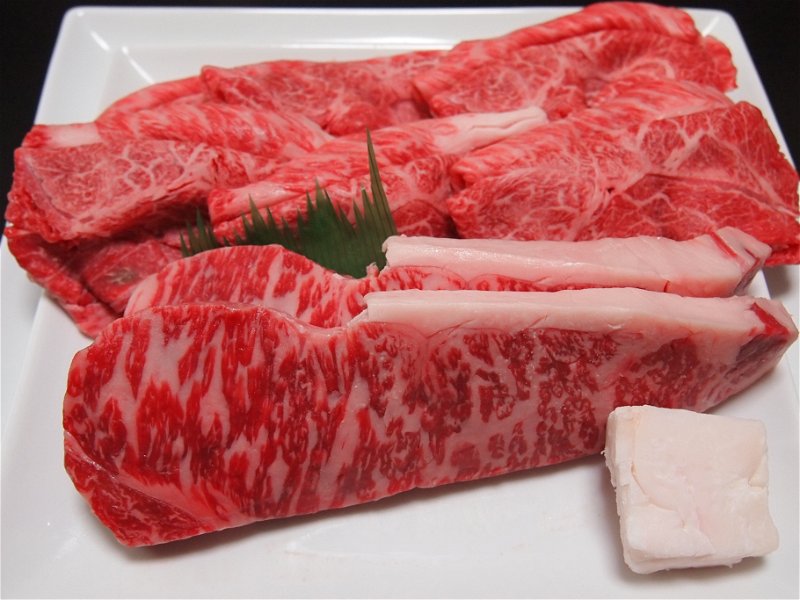The Nine Best Cured Meats
Feeling in a meaty mood? We’ve got the best cured meats for you.
Curing is a means of preserving precious but perishable protein – it has thus been a part of food culture since ancient times. Curing techniques were born out of a desire to use every part of the animal and not to waste food – long before refrigeration existed.
The magic curing ingredient remains salt: most often it is combined with air-drying or smoking – depending on climate.
JAMÓN IBERICO DE BELLOTA
Jamón Iberico de Bellota has a complex, lingering flavour, once tasted it is s never forgotten: it is intensely savoury with a nutty sweetness, even a subtle suggestion of earthy truffle. The meat has a purplish red colour with contrasting seams of white fat. What makes this cured ham special is the diet of the local black Iberian Pata Negra pigs that roam freely in the dehesas, or oak pastures, of the Extremadura in northern Spain – feeding on bellotas – or acorns.
The salt-cured and air-dried ham is typically aged for three years or more and the Iberian pigs have to be reared in four designated areas of origin (DO): Dehesa de Extremadura, Salamanca, Huelva and Valle de Los Pedroches, along with the region of Barrancos in Portugal. To enjoy the fullest hit of its seductive flavour, insist on freshly carved Jamón Iberico de Bellota and enjoy with a glass of good Fino or Amontillado Sherry.
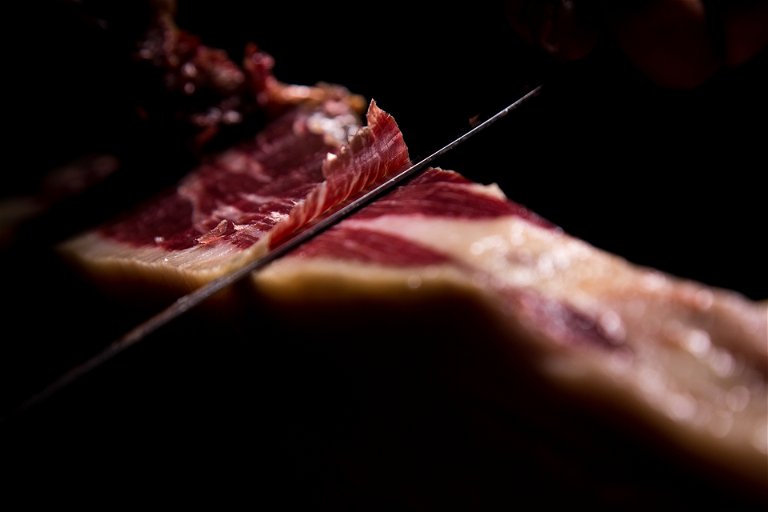
LARDO DI COLONNATA
It sounds improbable yet in the mountains above Carrara in northwestern Tuscany, a very special kind of lardo is made from the hard, subcutaneous back fat of pigs. It is covered with salt, garlic, peppercorns, spices and herbs including rosemary, then matured in closed containers for six month so that the oils in the seasoning meld with the snowy white fat.
Originally, this lardo was made in basins hewn from Carrara marble. Slice it very thinly and serve on warm toasted bread or wrap around a scallop and fry, it is meltingly delectable.
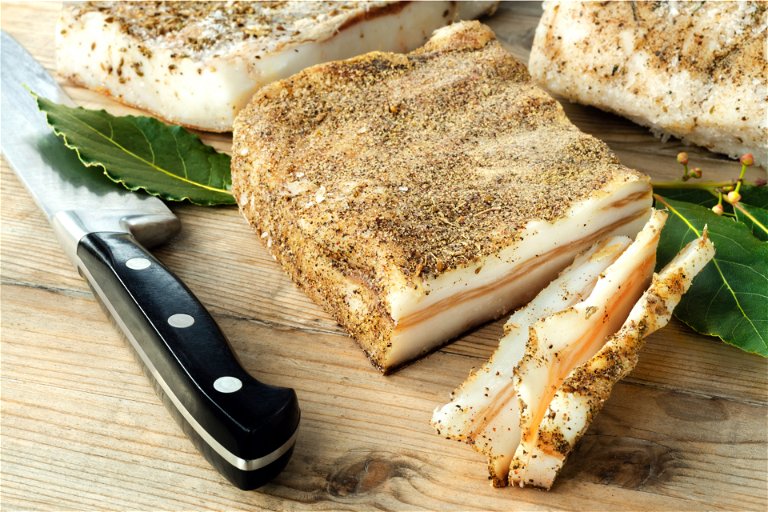
CULATELLO
Culatello’s exact translation may sound a little smutty: little arse – yet it is served with great reverence. It is made from the muscle of the hind leg of a pig and has no fat, skin or bones. Culatello is hung ‘nude’ for a few days, then massaged with wine, salt, pepper, and pressed garlic, and then wrapped in a pig’s bladder and allowed to age for around twelve months.
It thrives in foggy, cold, humid cellar conditions. The natural bladder casing is sewn up one side and the pear-shaped culatello tied with twine in an elaborate corset-like pattern. Culatello loses a far greater proportion of moisture during aging than prosciutto and has a lingering, savoury intensity.
For culatello lovers, the ultimate destination is the Spigaroli’s Antica Corte Pallavicini an estate with a moat and drawbridge dating back to 1320, where today more than 7000 culatellos hang in an incredible ageing cellar. They often are destined for the Michelin-starred tables of Massimo Bottura and Alain Ducasse. Prince Charles, the Prince of Wales, has even arranged to have culatello from his own pigs cured by Massimo Spigaroli.
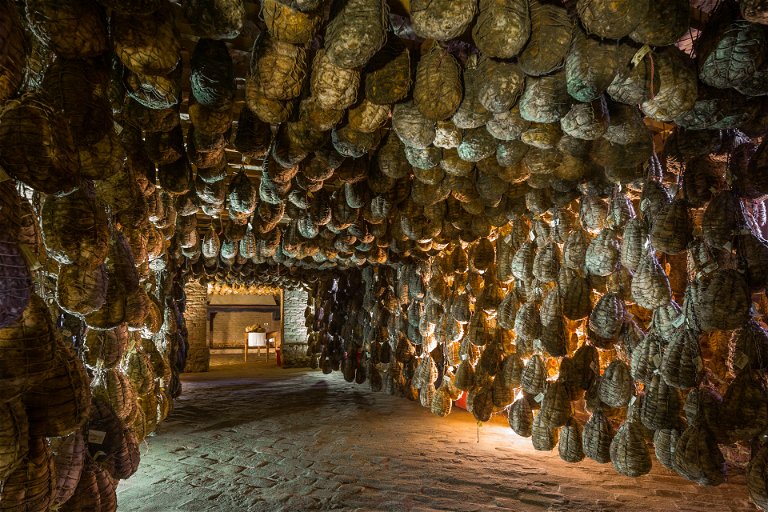
PROSCIUTTO DI PARMA
A truly cosseted ham, Prosciutto di Parma has a three month riposo or resting phase in huge drying rooms with slatted open windows, followed by taking the very particular air – the combination of dry mountain and cool sea breezes – blowing in from the Po Valley. It is this microclimate, ideal for drying, that gives prosciutto the perfect balance between salty and sweet. Large White, Landrace and Duroc breeds are used and must be bred in one of ten northern and central Italian regions and fed a diet of grains, cereals and, famously, the whey of Parmigiano Reggiano cheese, which contributes to the complex taste of the meat.
Prosciutto di Parma must be matured for at least one year before it is given the Ducal Crown firebrand, and some are even cured for up to 3 years. Prosciutto di Parma is sliced thinly and served as an appetizer with focaccia or a warm piadina, some cheese and porcini mushrooms preserved in oil or wrapped around grissini and paired with a local sparkling wine like Lambrusco or Malvasia.

NDUJA
Funky, salty, slightly sour-sweet, spreadable nduja is made from ground pork, salt, and a spicy dose of Calabrian chilies, which give this salume its signature red glow. The best is from the Vibo Valentia region and particularly the town of Spilinga. Nudja, like most salumi, was born out of poverty and necessity—a cured pork product for those with limited resources.
It is made from the “fifth quarter” of the pig, meaning the meat trim, offal and excess fat left after farmers had sold their prime pork cuts. Blended together, seasoned assertively, stuffed into a natural casing, it is then cured and aged for a mellow flavour: the deeper red nduja denotes longer ageing.
Proudly Calabrian-born chef Francesco Mazzei has been largely responsible for putting nduja on the international culinary map. It is served as an antipasto on bread or added by the spoonful to stews, sauces and even salads.

LAP CHEONG
Lap Cheong is Cantonese for dried sausage made from pork and pork fat. It is cured with salt, sugar, shaoxing wine or mei kwei lu, a rose-flavoured liqueur, and soy sauce and then wind-dried in a well ventilated room or in the open air. Incredibly, the tradition dates back to the period of Northern and Southern Dynasties (300–500 AD). Chinese sausage is good for adding rich salty-sweet punch to all manner of dishes and it can be steamed or fried.
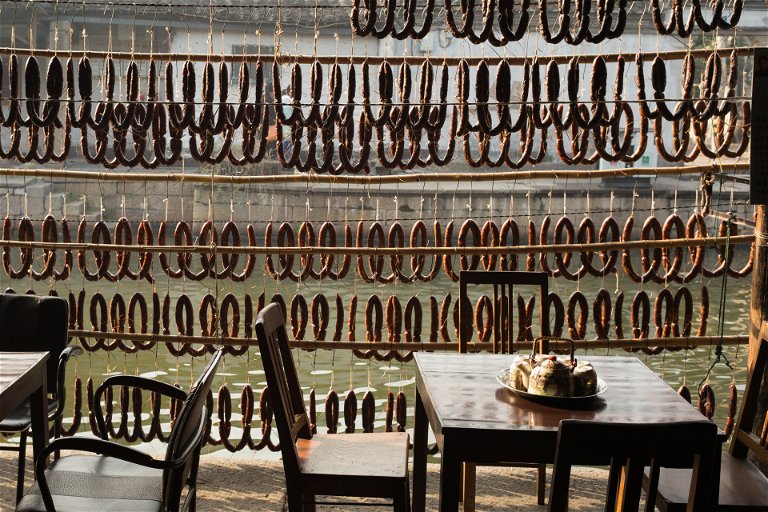
FINOCCHIONA OR FENNEL SALAMI
Among countless salami, fennel salami has an exceptional balance of flavour and aroma packed with fennel seeds and black pepper corns. It has the menthol aromatics of fennel and is made from the lean shoulder meat and cheek fat of pigs. It is at home in Tuscany where the wild fennel – or finocchio – which gives it its name has been used for centuries to flavour pork. If you love fennel, you will be hooked.
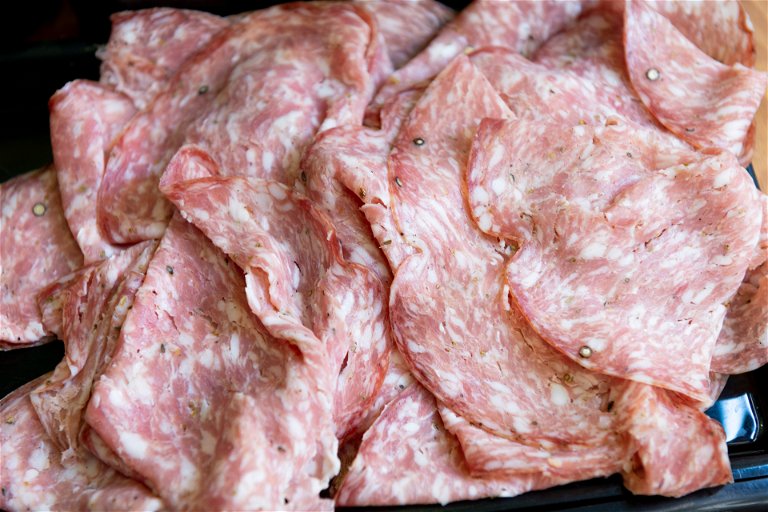
BRESAOLA AND BÜNDNERFLEISCH
Distinctive with its almost purple hue of dark-red, bresaola is salted, air-dried lean beef specifically freed from all fat and bone. It is pleasantly lean and tender with an almost vegetal musky aroma.
It originated in Valtellina, a valley in the Alps of Northern Italy’s Lombardy region – its Swiss counterpart is known as Bündnerfleisch which is flavoured with wine and spices. The beef pieces are matured in sealed containers and cured for three to five months during which they are moved to ensure that the salt and flavourings pervade the meat.
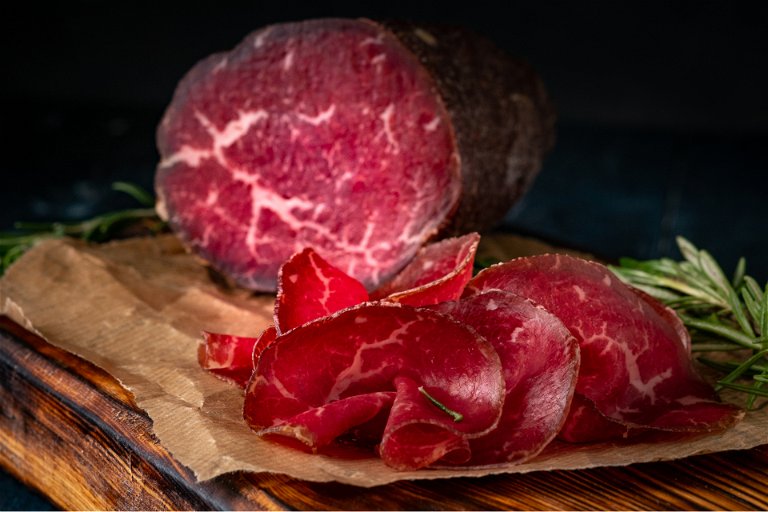
SKILANDIS
Lithuanian skilandis is cured and cold-smoked pork sausage. It is made from coarsely chopped pork and lard, stuffed into a pig’s stomach, tied with string to give it its distinctive, rounded shape. Plenty of flavourings are added which can include garlic, black pepper, caraway, bay leaves, nutmeg, or juniper berries.
The flavour is a beguiling mix of salty, smoky, mildly spicy and savoury, with a distinctive aroma that develops during maturing and drying. It is often eaten with rye bread and pickles.
